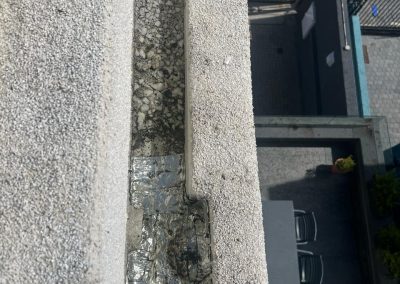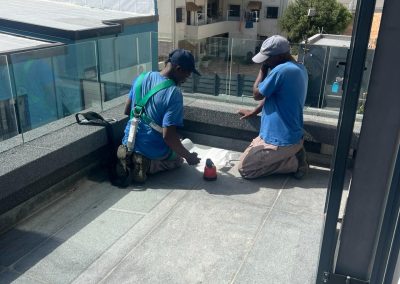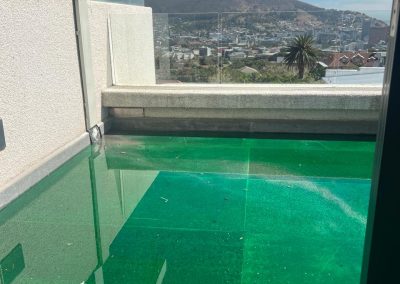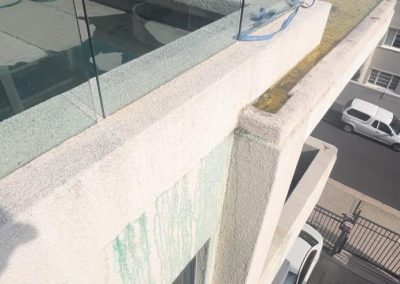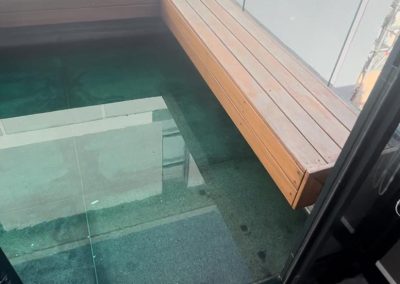The process typically begins with sealing off drains and other potential water escape routes to confine the water within the balcony area. Then, water is gradually introduced onto the balcony surface to mimic various rainfall intensities. During the test, inspectors closely monitor the balcony for any signs of water ingress, such as leaks, damp patches, or structural weaknesses. Special attention is paid to vulnerable areas such as joints, edges, and penetrations (e.g., railing attachments) where water intrusion is most likely to occur.
Flood testing helps identify any deficiencies or flaws in the balcony’s waterproofing system, allowing for timely repairs or improvements to prevent water damage and structural deterioration. It is particularly important in high-rise buildings or structures located in flood-prone areas where balconies are subjected to frequent exposure to rain and moisture.
Moreover, flood testing can be instrumental in ensuring compliance with building codes and regulations related to waterproofing standards. It provides assurance to building owners, developers, and residents that their balconies are adequately protected against water intrusion, thereby enhancing safety, longevity, and overall property value.
In conclusion, flood testing of balconies is an essential maintenance and quality assurance practice that helps safeguard against water-related issues, preserves structural integrity, and promotes the long-term durability of buildings.
Setting out hoarding before work commences


